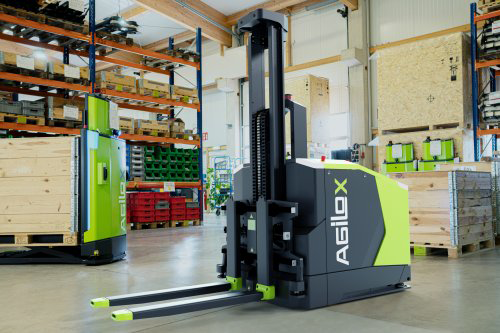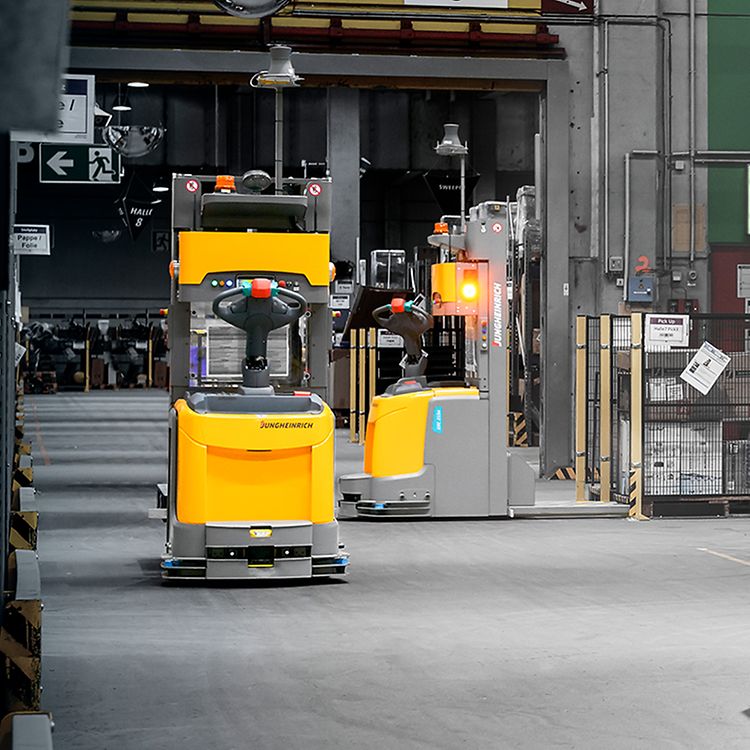We will be elaborating on how smart machines are perceived by people and the newly emerging smart industrial machines that you cannot miss in your industrial centres to promote growth, stability and innovation in your industrial vicinity.
What Are Smart Machines- In Different Perspectives
Smart Machines and Societies
However, there were many debates that spoke to and against the adoption of smart computers. Machines became too good because they can be hardwired to outperform humans. For example, machines started beating super champions at chess, Chinese board games and even at quizzes. Due to this outperformance, many people found the victories of smart machines to be the conquest of humankind.
The concerns of the not-so-happy society became apparent when not only low-paying jobs like drivers, assistants and waiters were replaced by smart machines but also white-collar jobs with skilled professionals like doctors. Nevertheless, in an industrial application, smart machines were perceived as heroes rather than threats. Many realists spoke against supercomputers, but when applied in industrial context smart computers were perceived as computer counterparts of humans, and now they are widely used around the world, and they are indispensable for industrial players to remain at the leading edge.
Smart Machines and Industries
With the advent of IIoT data systems and other technologies mentioned above, smart industrial machines became too important for industrial practitioners. Here are some of the smart machines that have redefined the employment of smart industrial machines.
Newly-fangled Smart Industrial Machines That You Cannot Miss
Google’s AI AlphaGo, IBM’s Deep Blue and Watson, and Tesla’s Driverless cars are a few smart machines that anyone would know. But, industrial smart machines are less famous but must be mandatorily known by industrial players of the new age. So, how can smart machines of the new era be differentiated from conventional machines?
- The smart machine that is used in the industrial world has seamless integration with industrial technology solutions like WMS, EAM, ERP, LVR, BMS and more via an open API interface.
- These machines are empowered with advanced AI models that are trained to detect KPIs and provide the necessary operating data for the user to identify perspectives that allow them to make smarter industrial decisions.
- Smart machines are connected to each other or “swarmed” with IIoT systems. This allows the factory manager to take over control of all the smart machines and diagnose their conditions at a single effort.
- Smart machines can be simulated using digital twin models and simulation platforms due to the constant generation of data that represent their parametric trends and changes under one screen.
- Compared to conventional machines, smart machines are functionally advanced; they can solve problems, make decisions, take independent actions and even reason under controlled environments.
Here are a few types of the most innovative and recent smart machines that have influenced the industrial world.
Intelligent Guided Vehicle (IGV)

IGVs have the potential to adjust and augment based on the unique production requests of a factory. Therefore, it is widely used in the 3C (computers, communications and consumer) electronics manufacturing industry- which is one of the most important and aggressively competitive industries of the world. Even Though IGV technology is costly at the time of installation, it can be a cost-saver during operations because it opens up new smart machine application areas for smart machines utilisers. For example, rather than using one type of smart machine just to carry out material supply operations, they can be used for a plethora of intralogistics functional purposes like storage, order picking, incoming and outgoing goods and more. They can pick up loads that weigh up to 3300 pounds and are now gaining momentum in being mostly used in industrial enterprises.
Automated Guided Vehicle (AGV)

AGVs reduce the need for expensive and unreliable labour requirements, and it has dramatically reduced the product damage ranges because they have built-in safety and precautionary systems that help them move objects safely. They are faster and have the ability to meet precise locations with automation, flexibility and reliance. But compared to IGV systems, AGVs are limited to repetitive tasks; therefore, the AGVs application is focused on one function.
Automated Mobile Robot (AMR)

To elaborate, when the automobile is programmed with the driver’s home, favourite coffee shop, frequently visited malls, and work addresses, it may represent the most convenient route to get to that location- with less traffic. Similarly, AMR uses the same technology to find the fastest route with fewer obstacles in your industrial space to move goods faster based on the traffic in your factories. Therefore, they work with more sophisticated software like WES- Warehouse Execution System- to be well-trained to tailor routes and reroute their navigation patterns by themselves when necessary. They say no to obstacles and say yes to fast, on-point deliveries.
Cerexio Offers Cutting-edge Smart Machine Software Suites
Cerexio’s smart and integrated industrial technology stacks and fluid platforms can help you make the best out of your smart machines. We offer an unrivalled technology variety that you can employ and augment based on the unique technology demands of your industrial complexes. Cerexio offers WMS, MES, Digital Twins, Total Investment Models and Predictive Maintenance tools that help you get the best out of your smart machines swarms and eliminate prolonged downtime, machine failures and operational risks even before they happen. The Manufacturing Automation Platform enabled by our team offers the necessary APIs and microservices that you need to have a user-friendly experience when you manoeuvre your smart asset fleets.
Also, Cerexio offers services like Advanced Manufacturing Training, PLC and Instrumentation Services and more to help you understand which smart machines suit your factory the most and how you can employ them without wasting your time, money and effort. Connect with Cerexio to learn more about how you can transform your factory into a smart factory driven by intelligent machinery and even more intelligent business decisions.
